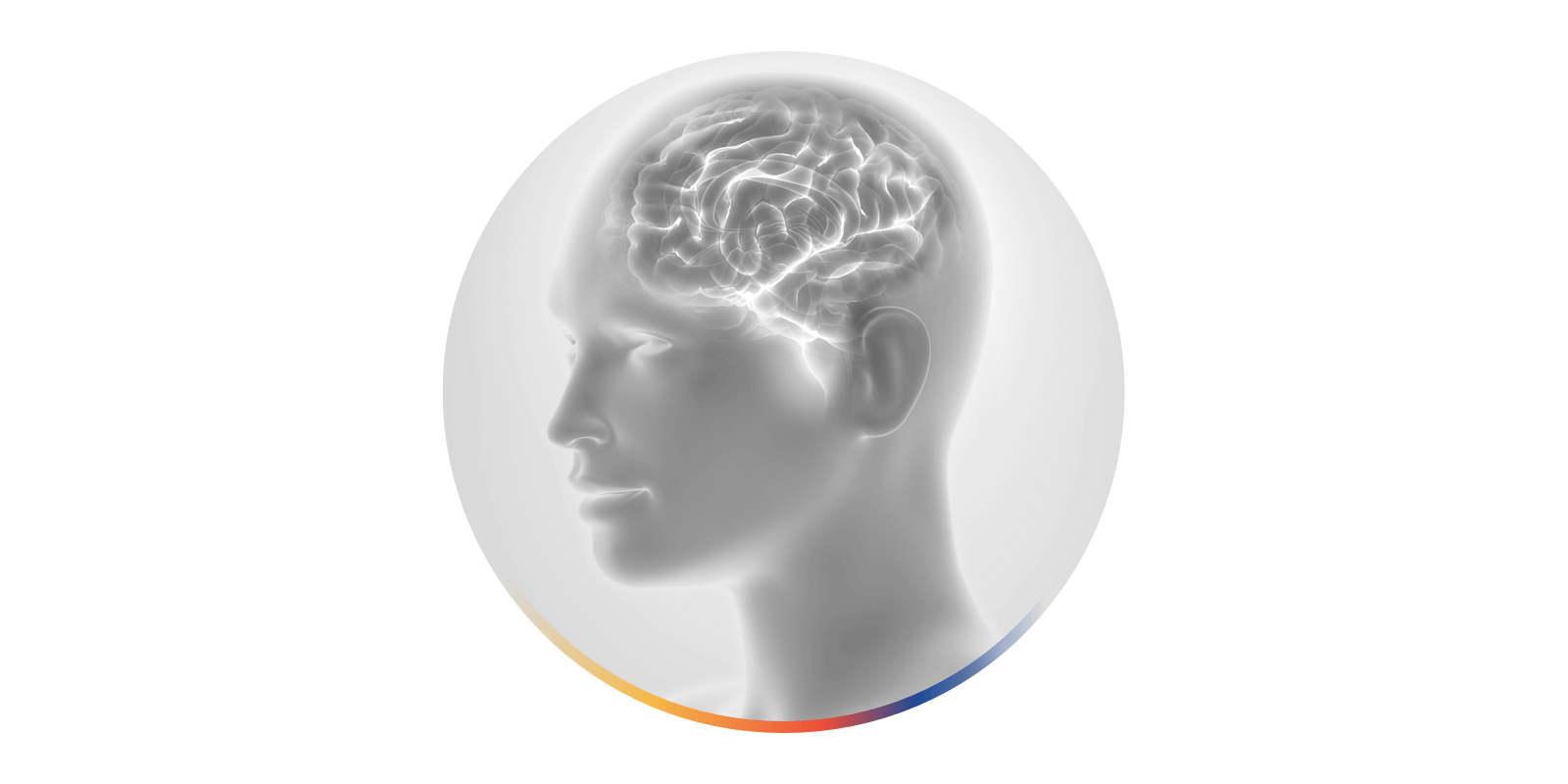
Recurrent Glioblastoma
What is recurrent Glioblastoma?
‘Glioblastoma’ is a type of aggressive brain tumour, starting from cells called astrocytes.
The word ‘glioma’ refers to tumours starting in the brain. ‘Glioblastoma’ is a type of aggressive advanced-stage glioma, starting from cells called astrocytes. A Grade IV tumour according to the World Health Organization, it is also often referred to as Glioblastoma multiforme (GBM). It is a rare tumour, with about less than 10 per 100,000 people reported to be affected globally. GBM can be located anywhere in the brain, but, do not regularly spread outside of the brain. GBM accounts for more than 60% of all brain tumours in adults.
When cancer returns after a period of remission, it is called as recurrent cancer. GBM is very likely to recur. Glioblastoma has a less favorable prognosis mainly due to its high chance of tumour recurrence. Research shows that more than 90% of patients with glioma show recurrence and that near the original tumour location. However, it is still difficult to clearly define recurrent GBM with the available knowledge and techniques.
Abbreviations
CT/CAT scan: Computed Tomography scan GBM: Glioblastoma multiforme MRI scan: Magnetic resonance imaging scan MRS: Magnetic resonance spectroscopy PET scan: Positron emission tomography scan rGBM: Recurrent glioblastoma multiforme TMZ: temozolomide VEGF: Vascular Endothelial Growth Factor
References
- Hanif, F., Muzaffar, K., Perveen, K., Malhi, S. M., & Simjee, S. (2017). Glioblastoma Multiforme: A Review of its Epidemiology and Pathogenesis through Clinical Presentation and Treatment. Asian Pacific journal of cancer prevention : APJCP, 18(1), 3–9. doi:10.22034/APJCP.2017.18.1.3
- Rock, K., Mcardle, O., Forde, P., Dunne, M., Fitzpatrick, D., O’Neill, B., & Faul, C. (2012). A clinical review of treatment outcomes in glioblastoma multiforme—the validation in a non-trial population of the results of a randomised Phase III clinical trial: has a more radical approach improved survival? The British Journal of Radiology, 85(1017), e729-e733. doi:10.1259/bjr/83796755
- Loeffler, J., Alexander, E., Hochberg, F. H., Wen, P. Y., Morris, J. H., Schoene, W. C., … Black, P. M. (1990). Clinical patterns of failure following stereotactic interstitial irradiation for malignant gliomas. International Journal of Radiation Oncology Biology Physics, 19(6), 1455-1462. doi:10.1016/0360-3016(90)90358-q
- Gaspar, L. E., Fisher, B. J., Macdonald, D. R., Leber, D. V., Halperin, E. C., Schold, S., & Cairncross, J. (1992). Supratentorial malignant glioma: Patterns of recurrence and implications for external beam local treatment. International Journal of Radiation Oncology Biology Physics, 24(1), 55-57. doi:10.1016/0360-3016(92)91021-e
- Ansari, M., Nasrolahi, H., Kani, A. A., Mohammadianpanah, M., Ahmadloo, N., Omidvari, S., & Mosalaei, A. (2012). Pediatric glioblastoma multiforme: A single-institution experience. Indian journal of medical and paediatric oncology : official journal of Indian Society of Medical & Paediatric Oncology, 33(3), 155-60.
- Prasad, G., & Haas-Kogan, D. A.(2009).Radiation-induced gliomas.Expert review of neurotherapeutics,9(10),1511-7
- McKinley, B. P., Michalek, A. M., Fenstermaker, R. A., & Plunkett, R. J. (2000). The impact of age and gender on the incidence of glial tumors in New York state from 1976–1995. Journal of Neurosurgery, 93(6), 932-939. doi:10.3171/jns.2000.93.6.0932
- Eefje M. Sizoo, Lies Braam, Tjeerd J. Postma, H. Roeline W. Pasman, Jan J. Heimans, Martin Klein, Jaap C. Reijneveld, Martin J. B. Taphoorn, Symptoms and problems in the end-of-life phase of high-grade glioma patients, Neuro-Oncology, Volume 12, Issue 11, November 2010, Pages 1162–1166, https://doi.org/10.1093/neuonc/nop045
- Carlsson, S. K., Brothers, S. P., & Wahlestedt, C. (2014). Emerging treatment strategies for glioblastoma multiforme. EMBO molecular medicine, 6(11), 1359-70.
- Stupp R, Mason WP, van den Bent MJ, Weller M, Fisher B, et al. (2005) Radiotherapy plus concomitant and adjuvant temozolomide for glioblastoma. N Engl J Med 352: 987–996.
- Friedman, H. S., Prados, M. D., Wen, P. Y., Mikkelsen, T., Schiff, D., Abrey, L. E., … Cloughesy, T. (2009). Bevacizumab Alone and in Combination With Irinotecan in Recurrent Glioblastoma. Journal of Clinical Oncology, 27(28), 4733-4740. doi:10.1200/jco.2008.19.8721
- Wick, W., Weller, M., Van den Bent, M., & Stupp, R. (2010). Bevacizumab and Recurrent Malignant Gliomas: A European Perspective. Journal of Clinical Oncology, 28(12), e188-e189. doi:10.1200/jco.2009.26.9027
- NCCN Clinical Practice Guidelines in Oncology (NCCN Guidelines®: Central Nervous System Cancers, Version 2.2018, Nov 26, 2018




